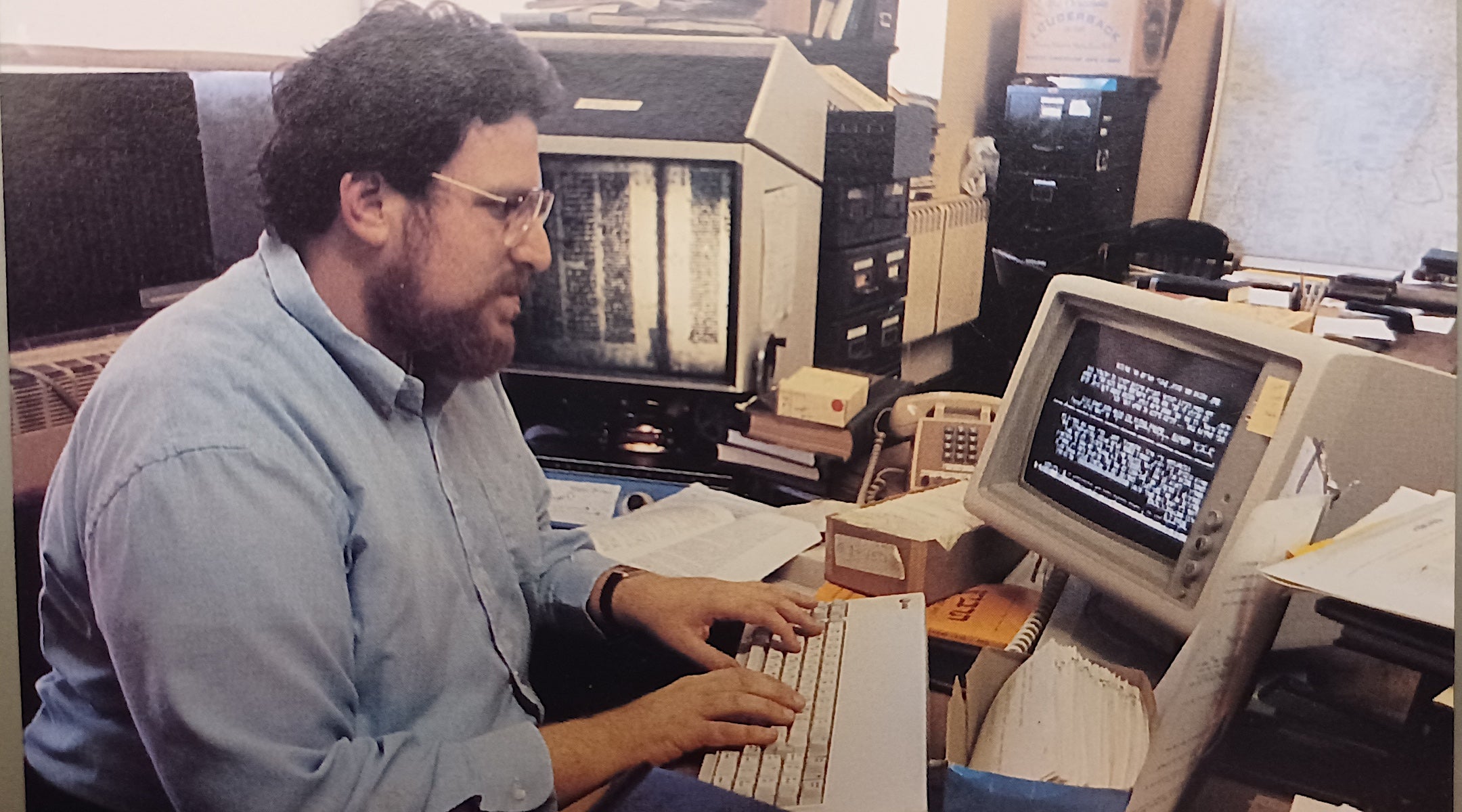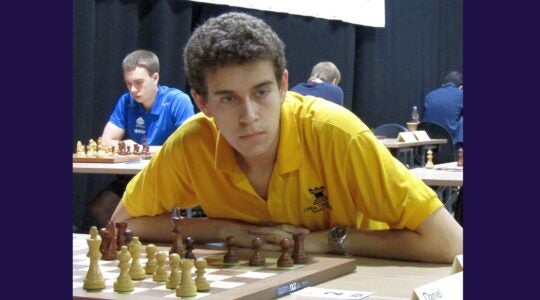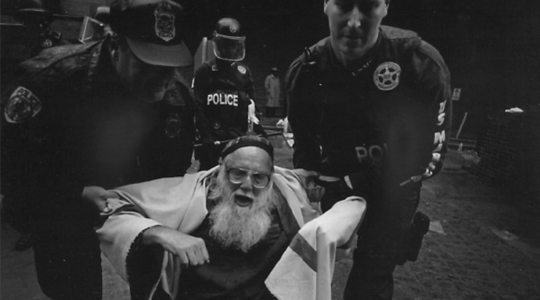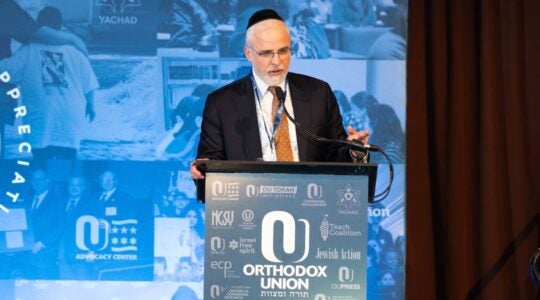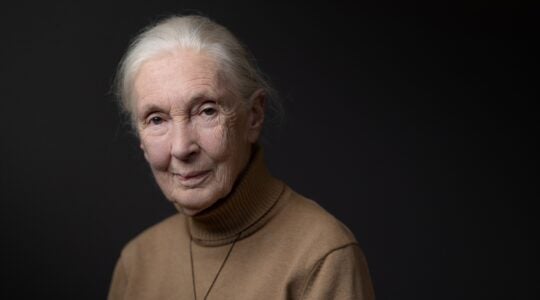Rabbi Neil Danzig, a longtime professor of rabbinics at the Jewish Theological Seminary in New York and an authority on the post-Talmudic Babylonian scholars known as the Geonim, died July 4. He was 74.
A longtime resident of Teaneck, New Jersey, he was buried in Israel.
As a scholar of medieval rabbinic literature, Danzig explored the halachic, or Jewish legal, writings of the Geonim, the Jewish leaders and scholars during the late sixth to mid-11th centuries in what is now Iraq. The Geonim secured the Babylonian Talmud as the central canonical work of rabbinic literature.
Danzig was able to unlock the mysteries of the period thanks to a trove of documents kept in the Cairo Geniza, a centuries-old storehouse for discarded Jewish texts that was re-discovered by the future JTS scholar Solomon Schechter in the late 19th century.
Danzig drew on these legal monographs, unattributed literary works, letters and documents in his best-known work, “Mavo le-Sefer Halakhot Pesuqot” (1999). Poring over manuscript evidence and Cairo Geniza fragments, Danzig was able to reconstruct the text of a major legal work attributed to Yehudai Gaon, a prominent figure in the Geonic period, which had been lost for centuries.
“A towering figure in the study of medieval rabbinic literature, he contributed mightily to our understanding of the halakhic writings of the Geonim (post-Talmudic Babylonian scholars) and the Cairo Geniza,” JTS said in a statement announcing Danzig’s death.
Danzig’s publications included numerous studies on the legal rulings of the Geonim, medieval scribal practices and the transmission of the Talmud from oral to written media in the medieval period. He also wrote the catalogue for the halacha and midrash material in the Cairo Genizah stored in the E.N. Adler Collection at JTS.
Danzig was also widely admired as a teacher. Rabbi Ethan Tucker, president and rosh yeshiva at Hadar, studied for his Ph.D. under Danzig. In a tribute, he recalled that Danzig had “two striking qualities: One, he seemed to know everything about rabbinic literature, and, two, he made an effort to organize it for himself and his students,” wrote Tucker. “What a joy to find a scholar and a teacher who has the gift of comprehensive knowledge and the ability and the drive to organize it for others.”
In an essay written in 2014, Noah Bickart, now the Mandel Chair in Jewish Studies at John Carroll College in University Heights, Ohio, recalled seeking Danzig’s help in identifying what looked like a manuscript of the Babylonian Talmud, somehow repurposed as the cover of an early 17th-century book of church music.
Applying his expertise in the language and even paper quality of medieval texts, Danzig found three clues that enabled Bickart and another scholar to identify the fragment as a Jewish text written somewhere in Europe in the 12th or 13th century.
Danzig was born in Brooklyn, New York. He earned his bachelor’s, master’s and doctoral degrees at Yeshiva University, and was ordained as a rabbi at its Rabbi Isaac Elchanan Theological Seminary. He joined the JTS faculty as a visiting associate professor in 1994, and became a professor of Talmud and Rabbinics and Geonic Literature in 1995.
He also co-directed the Friedberg Genizah Project at New York University from 1999-2002, and served as director, from 1986-1995, of the Rabbinic Civilization Core program at Reconstructionist Rabbinical College.
Predeceased by his wife Rivka Ausubel Danzig, he is survived by his three children, David Danzig, Hayyim Danzig and Sarah Danzig, and nine grandchildren.
JTA has documented Jewish history in real-time for over a century. Keep our journalism strong by joining us in supporting independent, award-winning reporting.
